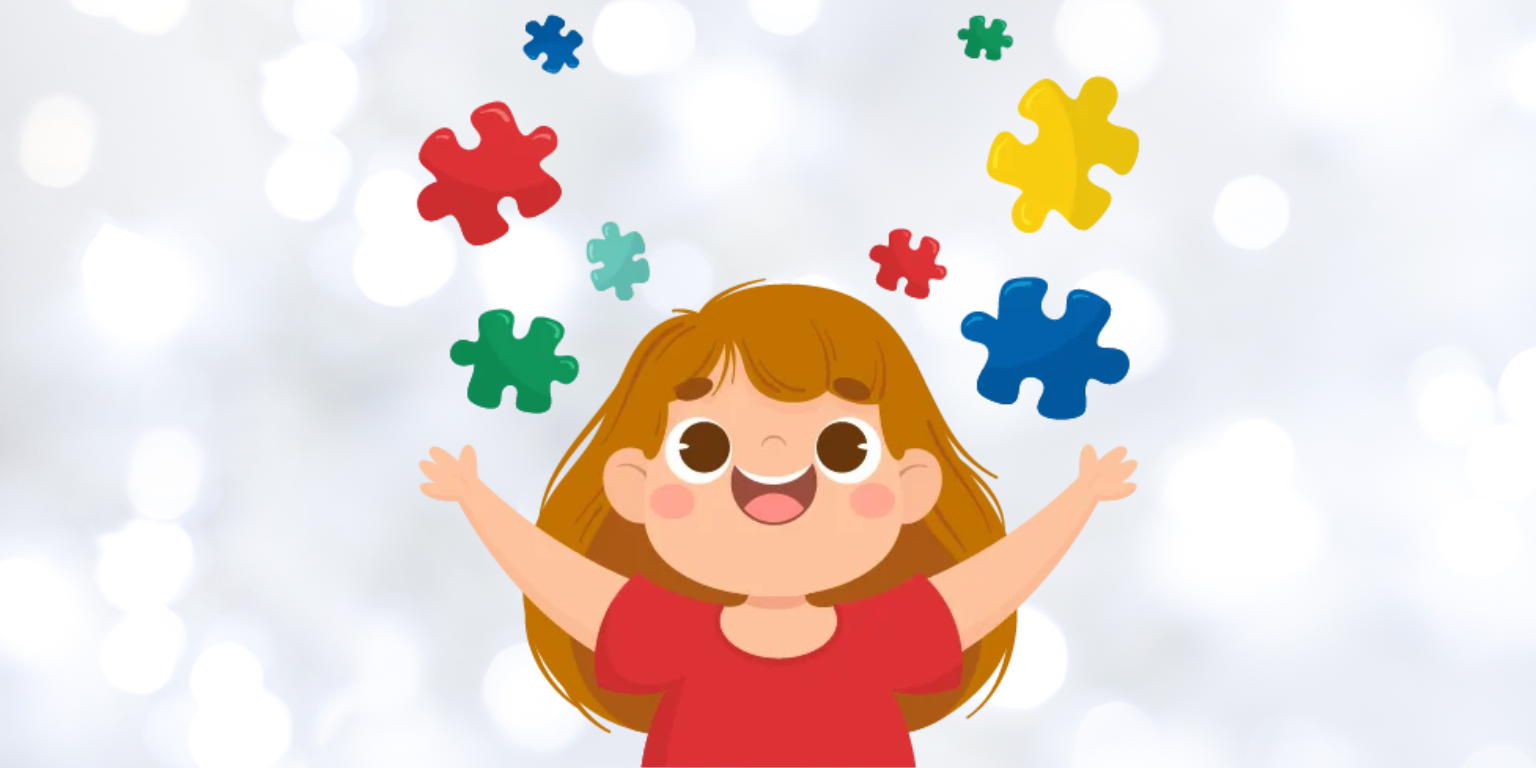Characteristics of Autism Spetrum disorder
The characteristics of Autism Spectrum Disorder (ASD) can vary widely from person to person, but generally include difficulties in areas such as communication, social interactions, and repetitive behavior. Here’s a more detailed description of some common characteristics of ASD:
- Communication Difficulties: Individuals with ASD may have difficulties in both verbal and non-verbal communication. This can manifest in problems initiating or maintaining conversations, interpreting body language, or expressing emotions.
- Limited Social Interactions: People with ASD may struggle to understand social norms, establish friendships, or engage in social interactions appropriately. They may show little interest in sharing activities or emotions with others.
- Repetitive or Stereotyped Behaviors: Many individuals with ASD display repetitive patterns of behavior, such as repetitive body movements, echolalia (repeating words or phrases), or an intense focus on specific interests.
- Sensory Sensitivities: Some individuals with ASD may be hypersensitive or hyposensitive to certain sensory stimuli, such as sounds, lights, or textures. This can lead to unusual or intense reactions to certain sensory stimuli.
- Routines and Resistance to Change: People with ASD often prefer to follow established routines and may experience difficulties adapting to changes in their environment or daily activities.
It’s important to note that ASD is a spectrum, which means that the characteristics and severity of symptoms can vary considerably among individuals. Additionally, some people with ASD may also have exceptional abilities in specific areas, such as mathematics or music.







